Exploring the most breathtaking natural sites recognized by UNESCO as World Heritage locations offers a profound appreciation for the beauty and diversity of our planet. These sites are celebrated not only for their stunning landscapes but also for their unique ecological, geological, and cultural significance. In this article, we take you on a journey to some of the most captivating UNESCO natural sites around the globe, each a testament to the wonders of the natural world.
Great Barrier Reef, Australia
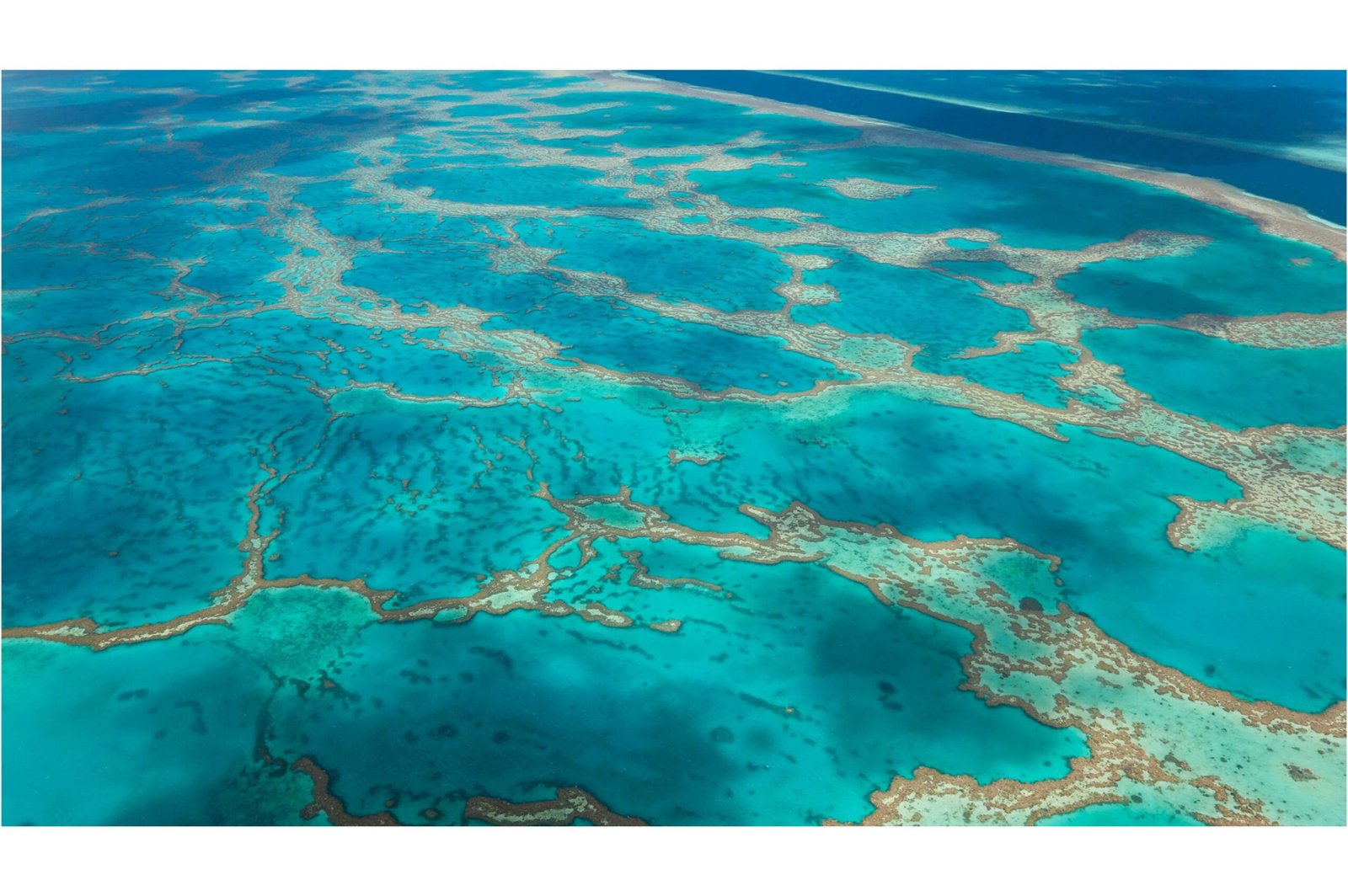
The Great Barrier Reef, located off the coast of Queensland, Australia, is the world’s largest coral reef system. This vibrant marine ecosystem boasts over 400 types of coral, 1,500 species of fish, and an array of marine mammals such as whales and dolphins. The reef’s colorful underwater scenery draws millions of tourists annually, making it an iconic destination for divers and snorkelers. Conservation efforts are essential to preserve this fragile habitat, as climate change poses a significant threat to its survival.
Yellowstone National Park, USA
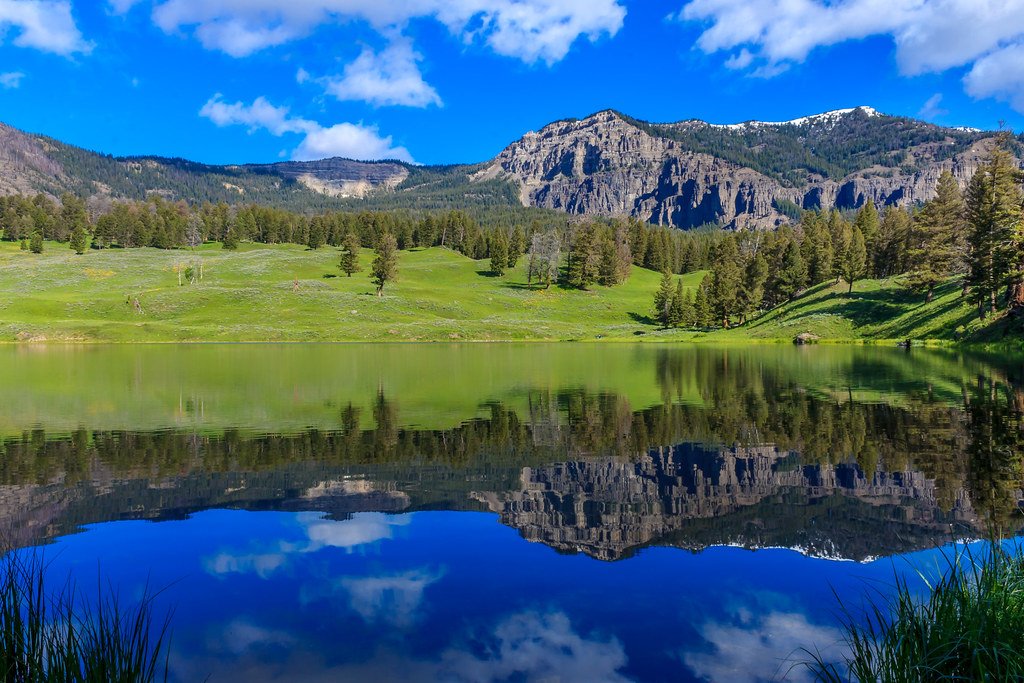
Yellowstone National Park, the first national park in the world, is a geologically unique area spanning across Wyoming, Montana, and Idaho. Known for its dynamic geothermal features, including the iconic Old Faithful geyser, the park is a living laboratory of geothermal activity. Visitors can witness a range of landscapes from deep canyons to lush forests, and encounter wildlife such as grizzly bears, bison, and elk. Yellowstone’s diverse ecosystems and stunning landscapes make it a natural wonderland.
Galápagos Islands, Ecuador

The Galápagos Islands are a living museum of evolution, where the diversity of wildlife inspired Charles Darwin’s theory of natural selection. Located in the Pacific Ocean, these isolated islands are home to species not found anywhere else on Earth, such as the giant tortoise and the marine iguana. The Galápagos’ volcanic landscapes, unique flora and fauna, and marine biodiversity contribute to its status as a global icon of conservation and ecological significance.
Plitvice Lakes National Park, Croatia
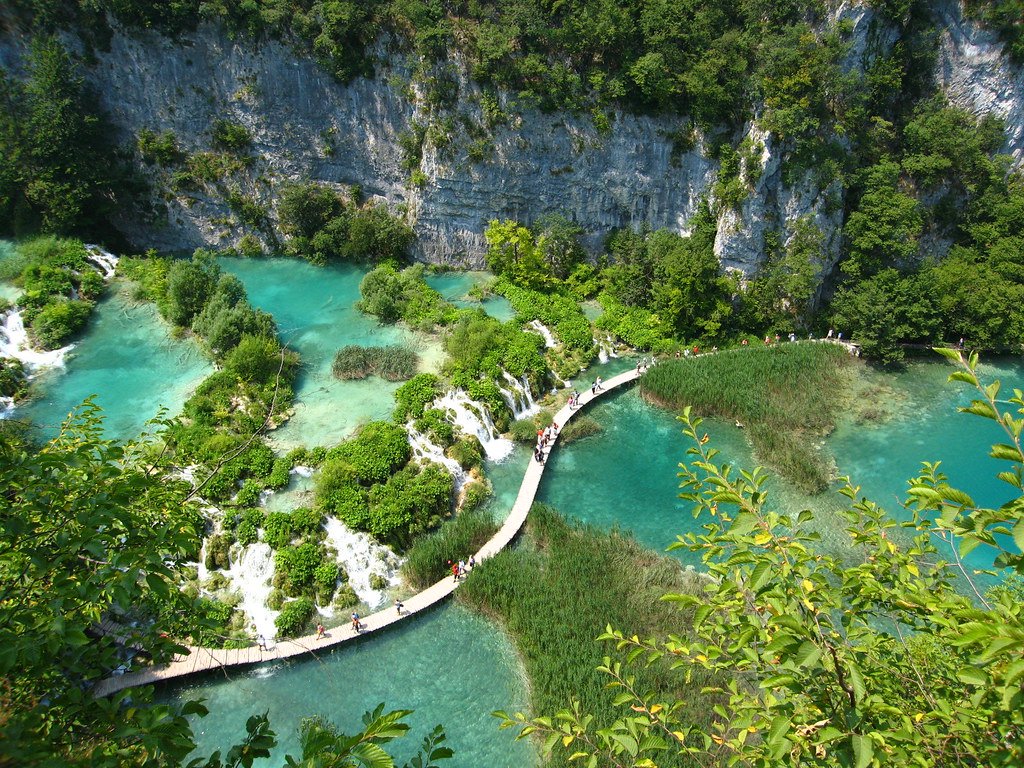
Plitvice Lakes National Park, renowned for its cascading lakes and waterfalls, is one of Croatia’s most beloved natural treasures. The park’s sixteen terraced lakes are interconnected through a series of waterfalls, set against a backdrop of lush forests. This enchanting setting is home to diverse wildlife including deer, bears, and numerous bird species. The park’s turquoise waters and intricate network of wooden walkways create an irresistible allure for nature enthusiasts and photographers alike.
Serengeti National Park, Tanzania
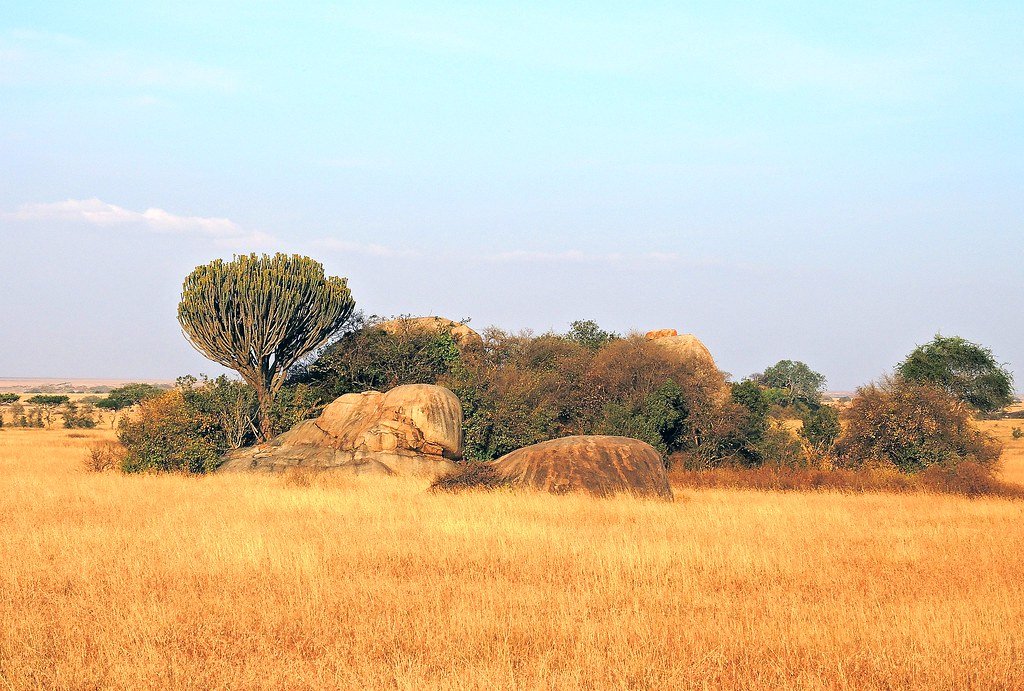
The Serengeti National Park offers one of the most spectacular wildlife experiences on earth. Known for the Great Migration, where millions of wildebeest, zebras, and other animals journey in search of fresh grazing, the Serengeti displays a dramatic natural cycle of predator and prey. This vast ecosystem supports an array of wildlife, including the Big Five: lions, elephants, buffaloes, leopards, and rhinoceros. The Serengeti’s endless landscapes and incredible biodiversity attract adventure seekers and nature lovers worldwide.
Amazon Rainforest, South America
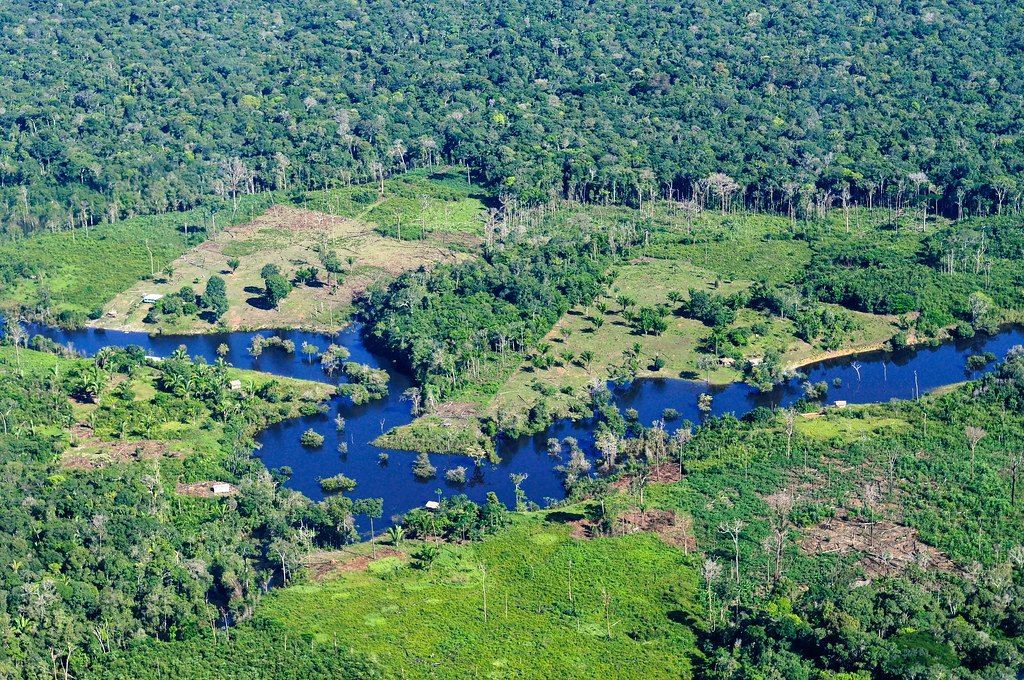
The Amazon Rainforest, often referred to as the lungs of the earth, represents over half of the planet’s remaining rainforests. This sprawling ecosystem spans several South American countries and is home to an immense diversity of plant and animal life. The Amazon’s complex ecosystem plays a critical role in regulating the global climate and houses countless species, many of which have yet to be studied. Conservation efforts are vital to protect this irreplaceable biodiversity hotspot from deforestation and other human impacts.
Swiss Alps Jungfrau-Aletsch, Switzerland
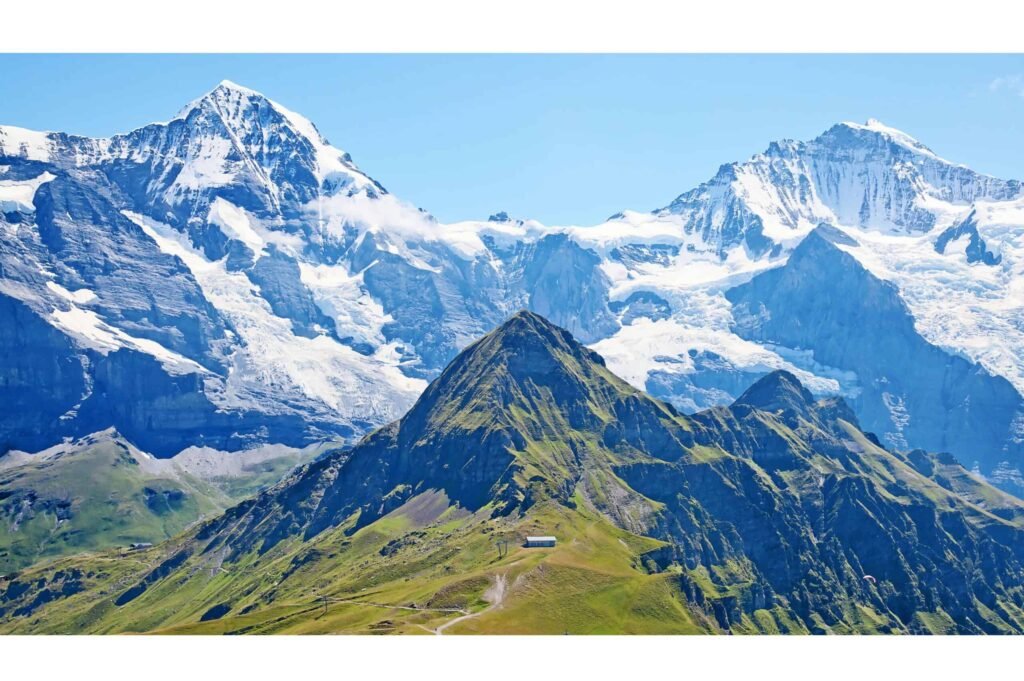
The picturesque landscape of the Swiss Alps Jungfrau-Aletsch features mighty glaciers, rugged mountains, and serene valleys. This UNESCO World Heritage site is notable for containing the largest glacier in the Alps—the Aletsch Glacier. The region not only offers stunning natural beauty but also provides insight into the ongoing processes of glaciation and geological evolution. Visitors can explore its majestic scenery through various activities such as hiking, skiing, and mountaineering.
Grand Canyon National Park, USA

The Grand Canyon is a testament to the power of natural erosion, carved by the Colorado River over millions of years. This immense geological wonder, located in Arizona, USA, reveals layers of rock that chronicle Earth’s history. Visitors can marvel at its vast expanse, steep cliffs, and stunning vistas, making it a prime destination for hikers and geology enthusiasts. Its awe-inspiring scale and beauty underscore the importance of preserving this unique natural environment.
Fiordland National Park, New Zealand
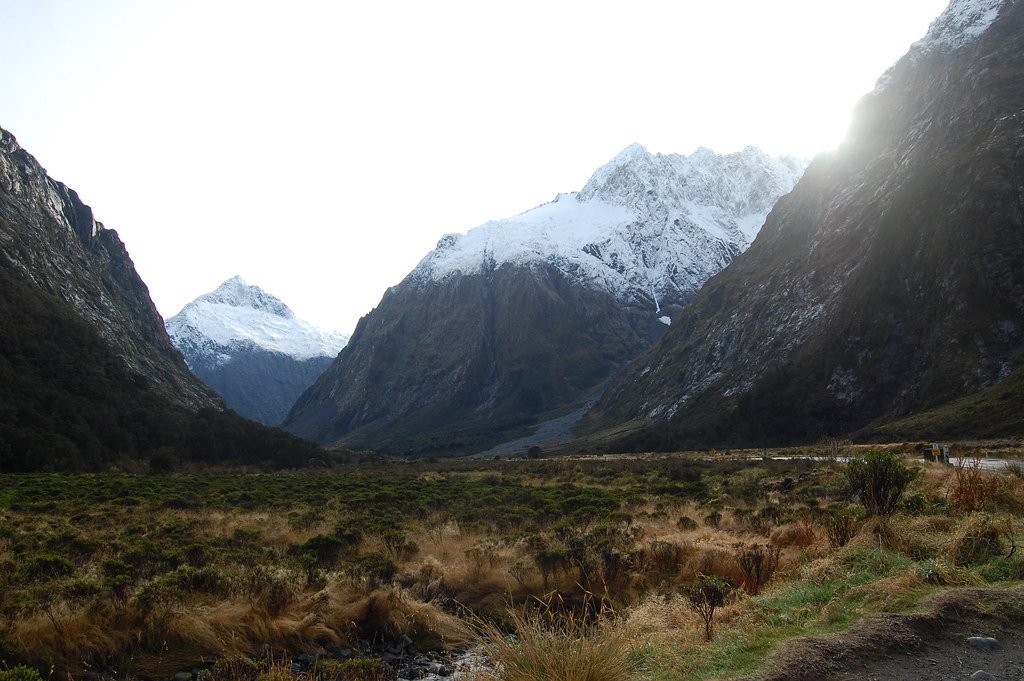
Fiordland National Park, located on New Zealand’s South Island, is renowned for its dramatic and rugged fjords. The most famous of these is Milford Sound, a majestic fjord surrounded by towering peaks and lush rainforest. The park’s pristine natural environment hosts diverse wildlife, including dolphins, seals, and penguins, and offers world-class opportunities for hiking and boat tours. Fiordland’s awe-inspiring landscapes make it a must-visit destination for outdoor adventurers.
Iguaçu National Park, Brazil/Argentina
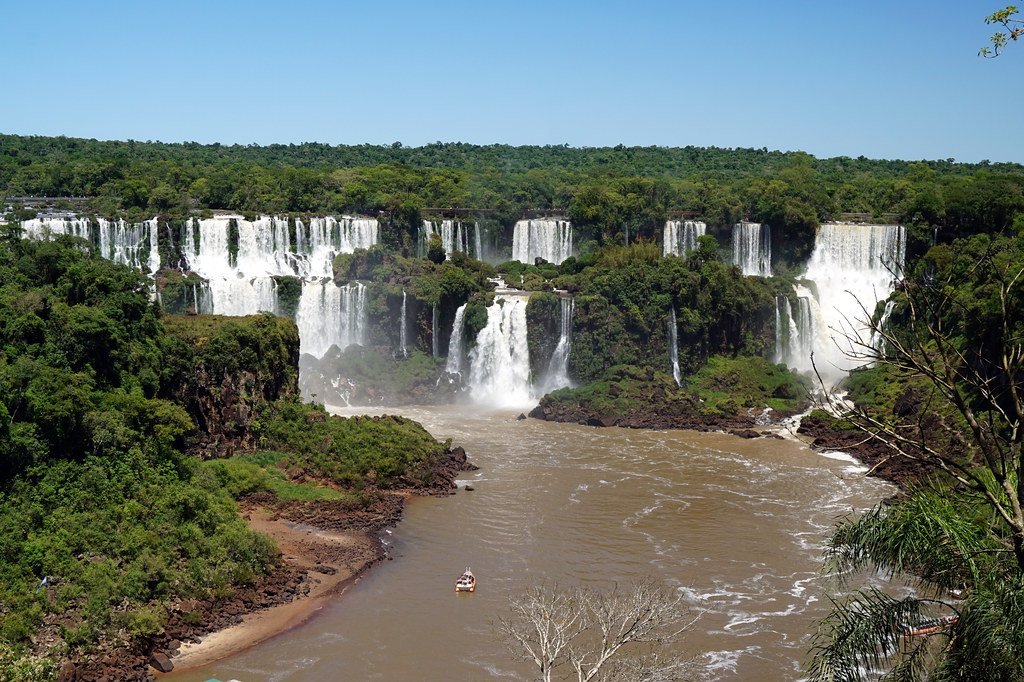
Iguaçu National Park, straddling the border between Brazil and Argentina, is home to the magnificent Iguazu Falls, one of the largest and most impressive waterfall systems in the world. The sheer power and beauty of its cascading waters make it a stunning natural spectacle. The surrounding subtropical rainforest is rich in biodiversity, harboring a variety of wildlife including toucans, jaguars, and butterflies. It is a paradisiacal escape into nature’s raw beauty.
Summary
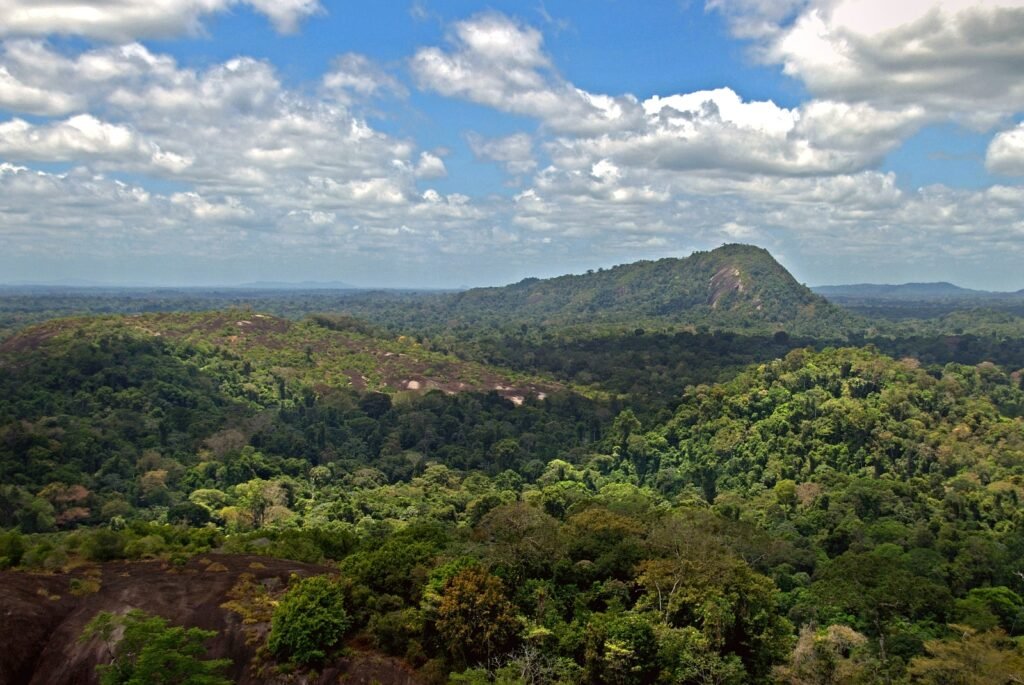
The world is full of breathtaking natural wonders recognized by UNESCO as World Heritage Sites. From the coral-rich waters of the Great Barrier Reef to the dramatic peaks of the Swiss Alps, these sites capture the unique beauty and ecological significance of our planet. By exploring and appreciating these natural treasures, we are reminded of the importance of conserving our environment for future generations. Whether you’re drawn to the lush rainforests of the Amazon or the serene beauty of Plitvice Lakes, each site offers a unique glimpse into the profound and diverse tapestry of our natural world.




